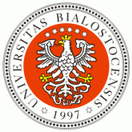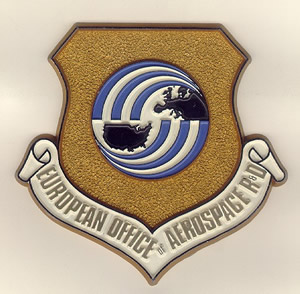Sponsors:




|
|
Organized by
the Department of Solid State Physics, Faculty of Physics, University of Bialystok
Pierre J. Becker
SPMS Ecole Centrale, Paris, France
Lecture 1 : Basics concerning scattering and diffraction processes: an optical approach
- I. Scattering mechanism (45 mn)
1. Scattering cross sections
2. An optical formulation of scattering amplitude by a stationary target
3. Case of a dynamic target
4. Quantum formulation of scattering theory
5. Inclusion of anomalous, absorption, extinction effects….: from ideal to real situations
- II. Physical information from scattering experiments (45 mn)
1. X Ray and Gamma Ray scattering
2. Electron scattering
3. Neutrons
4. Most frequent experimental conditions
5. From ideal to
6. Time resolved scattering: a revolution
- Tutorial : 50 years back. Imagination at work: the structure of DNA (30 mn).
How the understanding of the famous diffraction picture implied a precursor intuition concerning modulated, commensurate and incommensurate features.
1. Diffraction photograph of DNA fibre.
2. From a single to a double helix model
3. Towards a discrete double helix
4. A realistic model for DNA
I could send before the summer school questions concerning this tutorial, to make it a real tutorial
Lecture 2 : Charge and Spin densities. A crucial help to master condensed matter behaviour
-
I. Basics concerning charge and spin density studies (20 mn)
1. Experimental considerations. Impact of new facilities
2. Realistic modelling
3. Some simple examples: a challenging interface with quantum modeliing
4. Complementarity between charge and spin density
-
II. Some challenging issues: looking at the future (40 mn)
1. Molecular systems, up to proteins
2. Pharmaceutical systems
3. Complex inorganic systems, porous materials
4. Molecular and nano-magnets
5. Systems under external forces
6. Systems out of equilibrium : photo-excited systems
-
III. Describing condensed systems as a superposition of fragments: transferability among similar chemical situations (30 mn)
1. Simultaneous modelling of charge and spin density: potential issues
2. Combining real and momentum space studies: from density functions to density matrix: potential impact of such an approach
3. A fragment partitioning model to describe electronic behaviour of condensed systems
4. From ideal to real solids
|
|
|